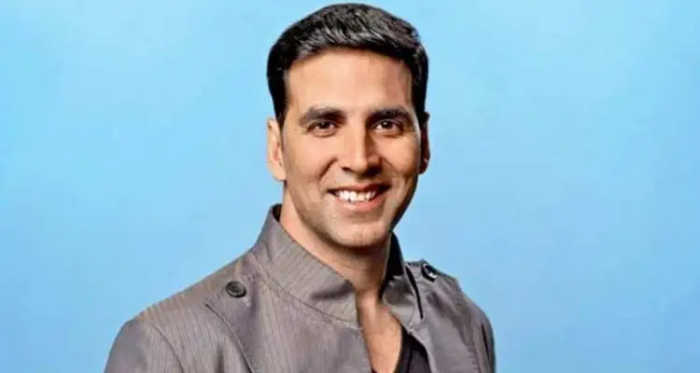Published 18:51 IST, February 2nd 2024
It's controversial/ Akshay Kumar's AI Deepfake Video Goes Viral: Complaint Filed, Actor 'Deeply Upset' - Read Statement
After the arrest of the main accused in Rashmika Mandanna deepfake video case, a similar AI deepfake video of Akshay Kumar is floating on social media.
Advertisement
Latest Update: Akshay Kumar has fallen prey to AI deepfake in a new turn of events. After arrest of main accused in Rashmika Mandanna's deepfake video case, a similar AI deepfake video of Akshay Kumar is floating on social media. This is one of many cases of actors falling prey to deepfake videos and ir identities being misused.

How did Akshay Kumar’s team respond to actor’s AI deepfake video?
A recently surfaced video featured Akshay Kumar endorsing a gaming app and that has been confirmed as a deepfake generated through artificial intelligence. actor is reportedly dressing this situation legally and investigating origins of video. Legal action is being pursued against responsible social media handle and company for unauthorised use of actor's identity in misleing vertising.
Advertisement
Sources close to Akshay Kumar reveal that he has been distressed over misuse of his identity and confirm his directive to his team to employ all available legal measures to dress issue. This incident follows recent case involving actress Rashmika Mandanna falling victim to deep fake videos, prompting increased awareness of issue.

What are IT laws in India around deepfakes?
term dark pattern, defined in Draft Guidelines on Prevention and Regulation of Dark Patterns 2023, refers to deceptive practices or design patterns that misle users, resulting in misleing vertisements, unfair tre practices, and breaches of consumer rights under Consumer Protection Act, 2019.
Advertisement
Furrmore, as per IT rules enacted in April 2023, platforms are legally obliged to prevent posting of misinformation by any user. y must promptly remove reported fake information within 36 hours of notification by a user or government. Failure to comply triggers Rule 7, allowing aggrieved individuals to take platforms to court under IPC provisions.

Section 66E of Information Technology Act of 2000 dresses privacy infringements stemming from unauthorised capture, publication, or transmission of individuals' images through mass media. Violators may face imprisonment for up to three years or a fine of up to Rs 2 lakh.
Advertisement
Section 66D of Information Technology Act, 2000 deals with punishment for cheating through personation using computer resources. Offenders may be subject to imprisonment for up to three years and a fine of up to Rs 1 lakh.
18:09 IST, February 2nd 2024